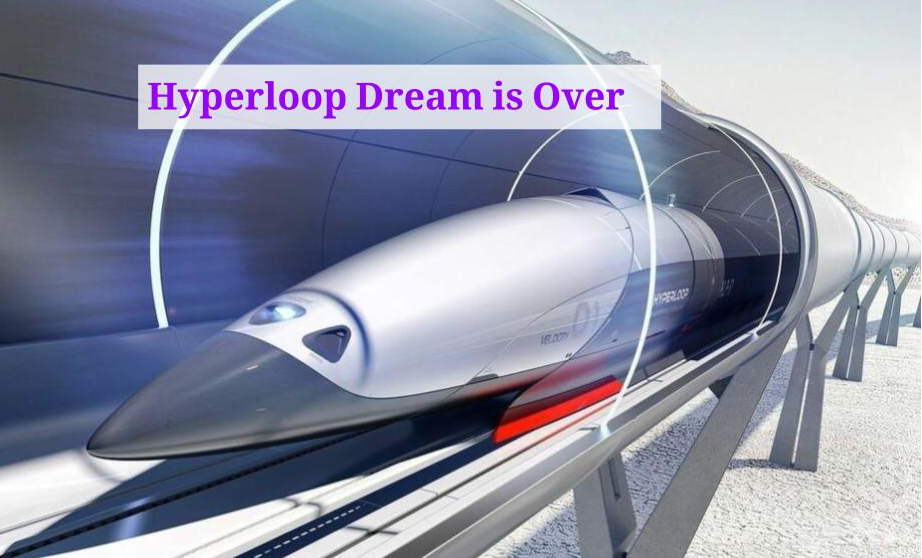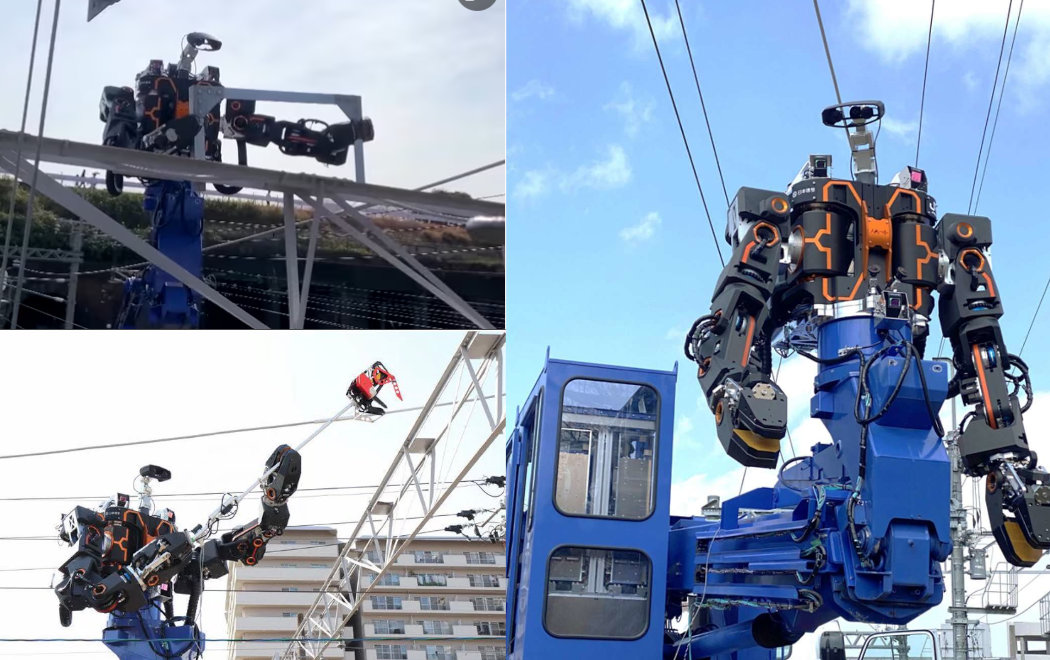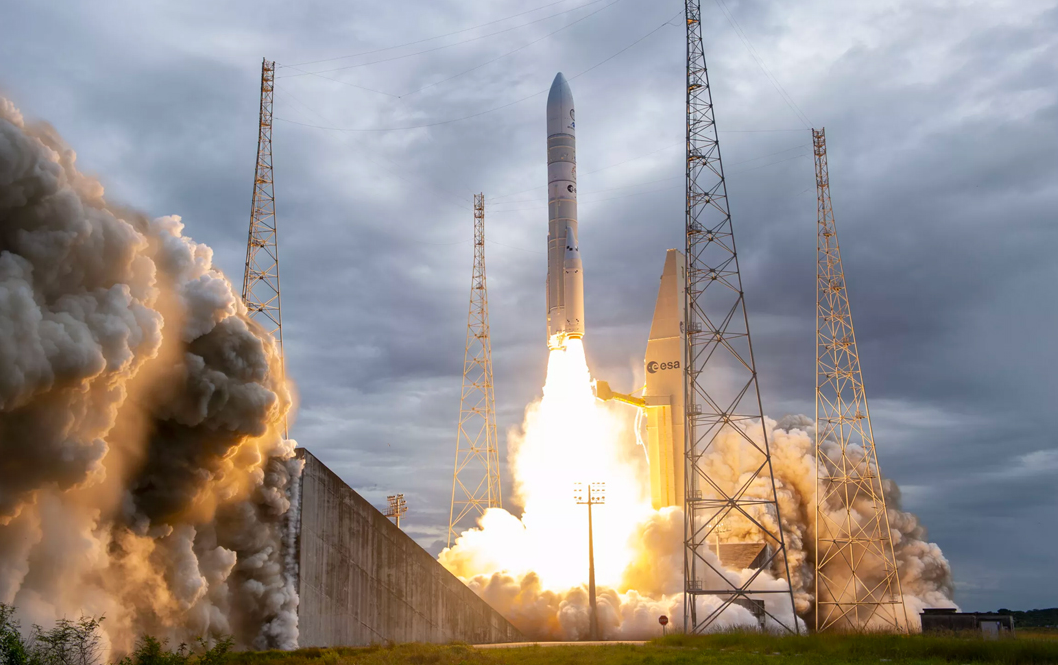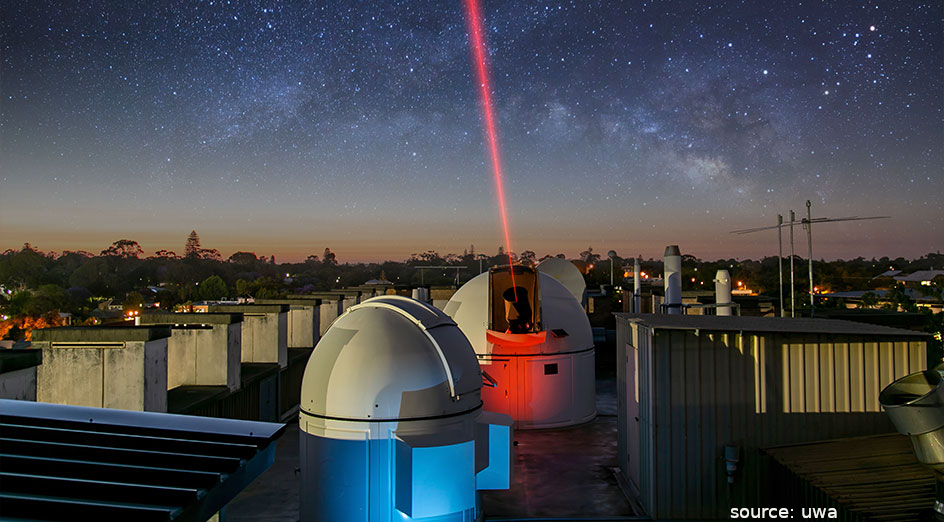In 2014, Japanese construction company Obayashi Corporation boldly announced its intention to transform the concept of a space elevator into reality. No longer confined to the pages of researchers’ notebooks or scenes in science fiction films, Obayashi is determined to bring this visionary project to life.
The company has unveiled plans to commence construction in 2025, with an ambitious timeline of 25 years to complete the structure and make it operational for transporting equipment and humans into space by 2050.
Obayashi envisions replacing expensive and complex rockets with a more cost-effective and user-friendly alternative, enabling non-astronauts to easily access space stations.
A key component of the space elevator is the cable, which will be constructed from carbon nanotubes, an incredibly strong material capable of withstanding immense tension.
A space station will also be positioned in low Earth orbit, its location fixed relative to the planet to facilitate connection via the 96-kilometer-long cable.
Vehicles known as climbers will traverse the cable, each carrying up to 30 passengers and traveling at a speed of 200 kilometers per hour to reach the space station within a week.
While the project’s ambition is undeniable, Obayashi remains silent on the significant engineering challenges that stand in the way of its realization. The company’s focus seems to be solely on the cable, its durability, and its capacity, potentially overlooking the critical aspect of the climber vehicle’s ascent mechanism, which has received scant attention in their promotional material.
Can this visionary concept be achieved with current technologies? Does Obayashi possess the necessary expertise, tested and effective mechanisms, to transform this dream into reality? Or will it remain confined to the realm of research and exploration?









